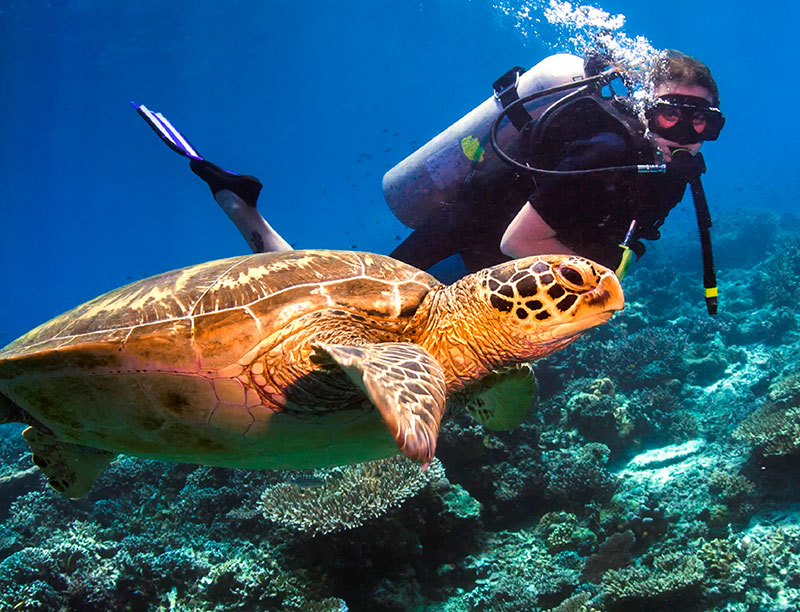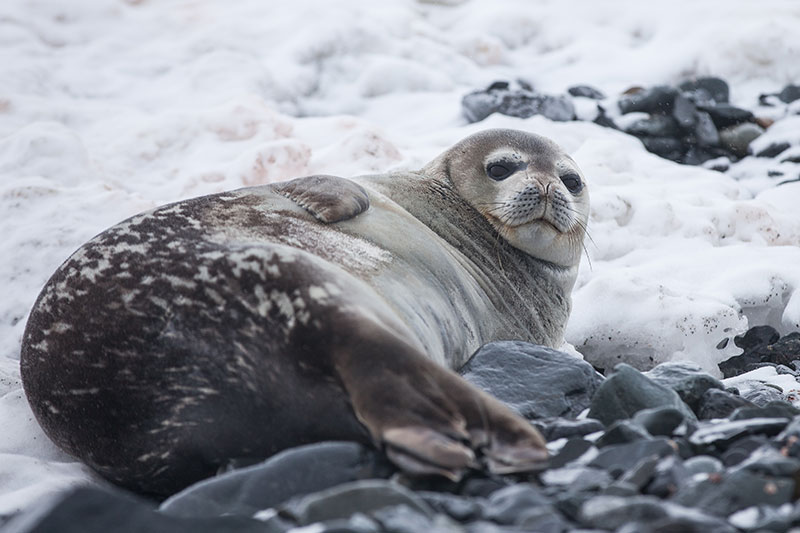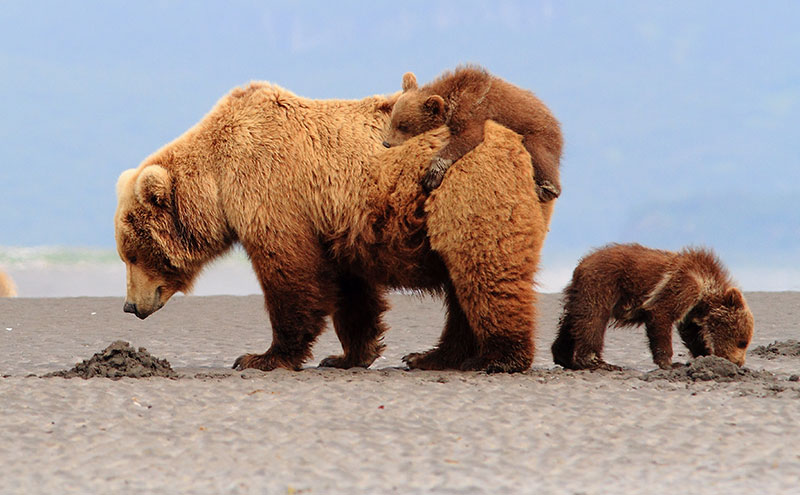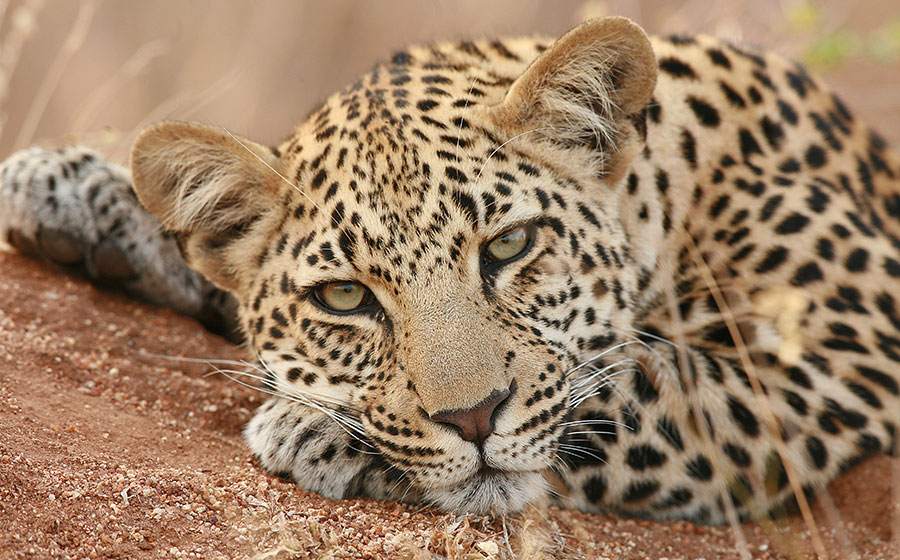Lions and tigers and bears – oh my! World Wildlife Day is back once again to remind us of the incredible creatures which share this planet with us, shining a light not only on the biodiversity that exists but also reminding us it’s our responsibility to help preserve it.
This year, Sunday 3rd March is all about raising awareness of what lies beneath the waves – focusing on the incredible marine diversity, the importance of marine species to humans, and how we can ensure our waters remain abundant for future generations.


Adventure World Travel, which adheres to the TreadRight Animal Welfare Policy when designing its itineraries, has put together a handy list of ways to be more animal friendly when travelling.
1. The best animal encounter is a wild one. View animals in their natural habitat exhibiting natural behaviours and do not initiate contact with them.
2. Do not ride on the back of an elephant. To ‘train’ an elephant to accept riders, they are taken from their mothers at an early age and physically and mentally abused.
3. Avoid aquariums or marine parks where large mammals like dolphins or whales are kept in captivity. These environments are very unnatural and cause stress to these intelligent and far-ranging animals.


4. Do not purchase souvenirs made from wild animals such as fur, ivory, shells, seahorses, teeth, rhino horns and turtle shells.
5. Never participate in cub petting or lion walking experiences, as many of them bred the lions for the ‘Canned Lion Hunting’ industry, to be shot in captivity.
6. Do not attend festivals or attracts that subject animals to cruelty for entertainment, such as animal circuses, dancing bears, dog or cockerel fights, running of the bulls and any festival that causes suffering to animals.
7. Don’t take a wildlife selfie if the animal is being held, hugged, or restrained, if you are baiting the animal with food or if the animal could harm you.


8. Before riding on the back of a horse, mule or donkey, match your size to that of the animal and ensure your weight is evenly balanced when riding.
9. Only visit and support animal sanctuaries and shelters involving wild animals in captivity if the objectives of the organisation are in the animal’s best interests (e.g. re-homing, rehabilitation or release in the wild.
Neil Rodgers, Managing Director of Adventure World Travel, says: “Adventure World Travel, in partnership with World Animal Protection, encourages travellers to enjoy responsible and humane animal encounters. We support the work of people who, like us, seek to protect the places we explore and who are creating initiatives that are driving positive change.”
Rogers also says it’s up to us as travellers to speak up if we see an animal in distress.
“Make a note of the date, time and location as well as the type and number of animals involved. Take a photo and/or videos as proof.”


















